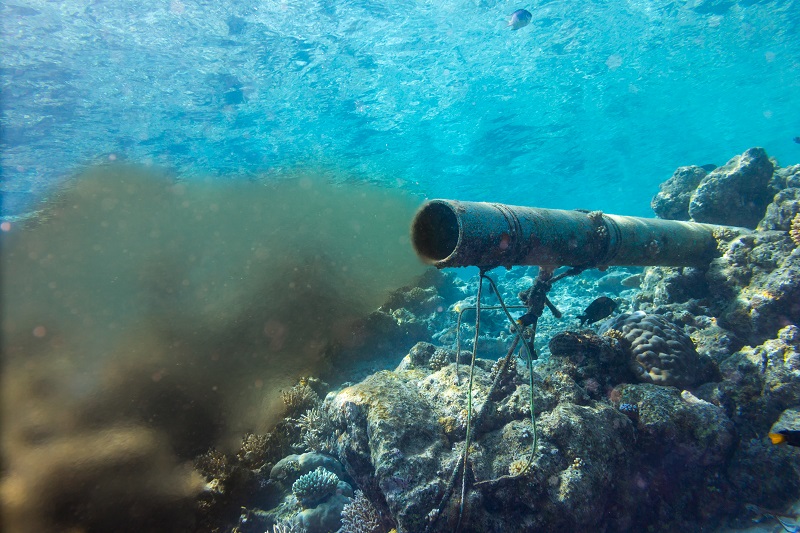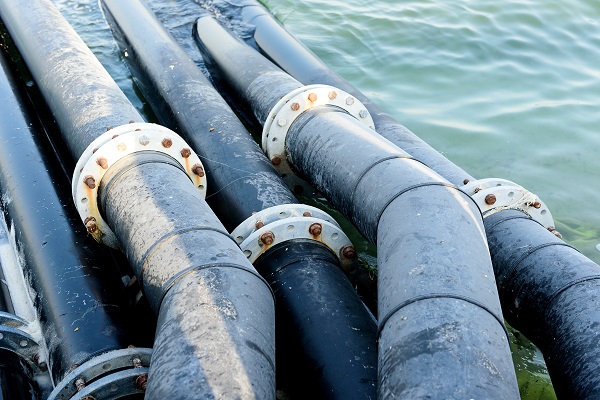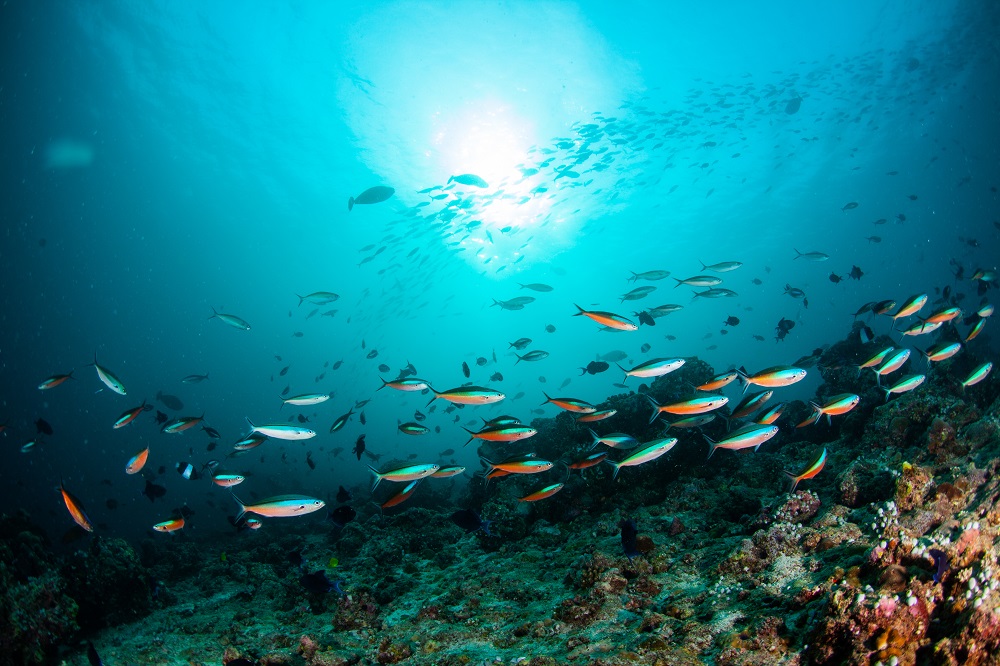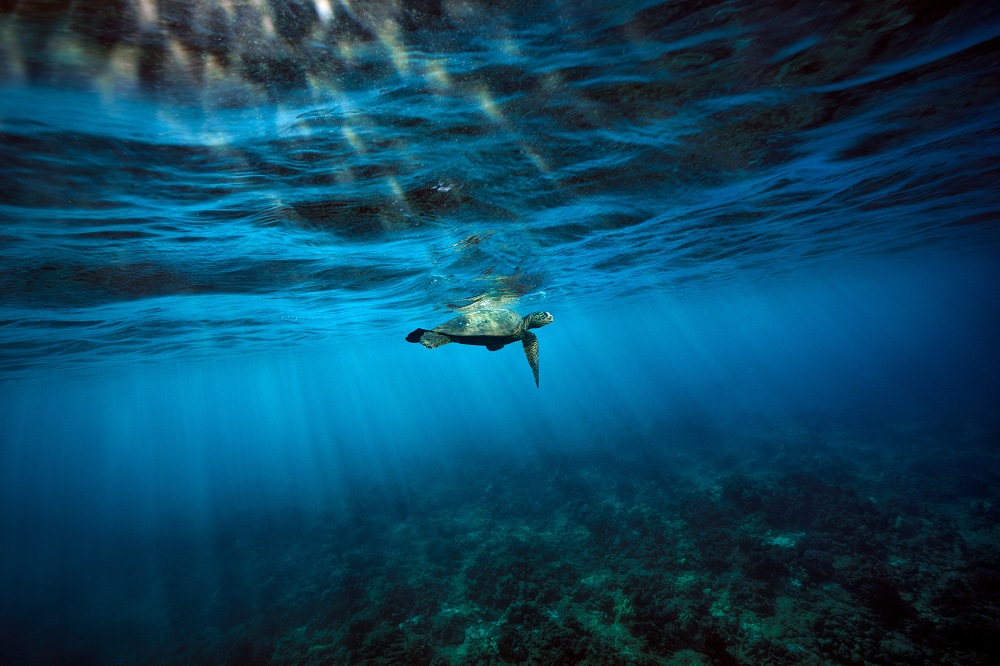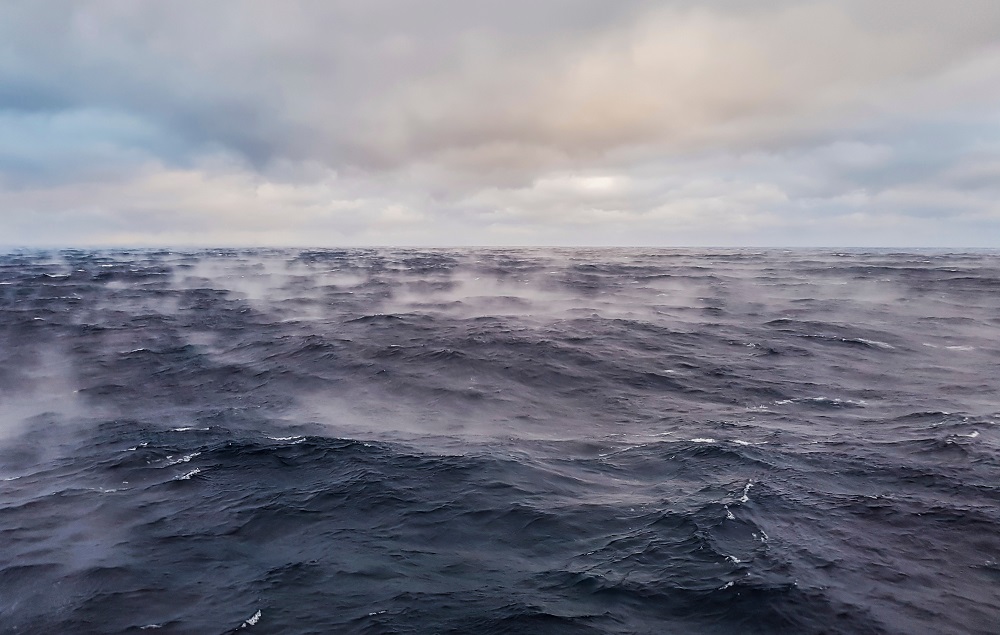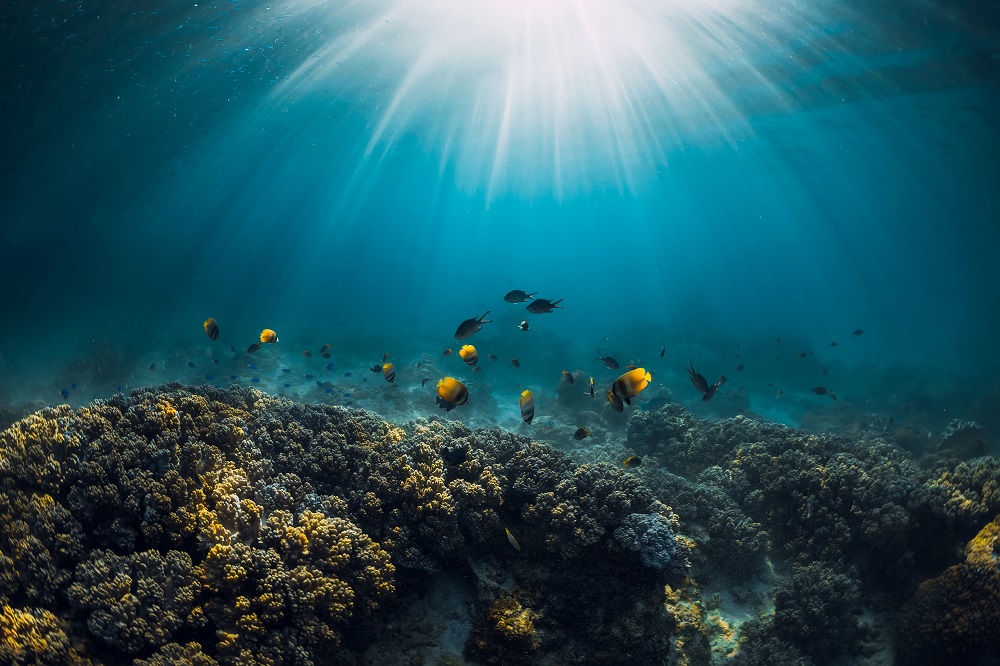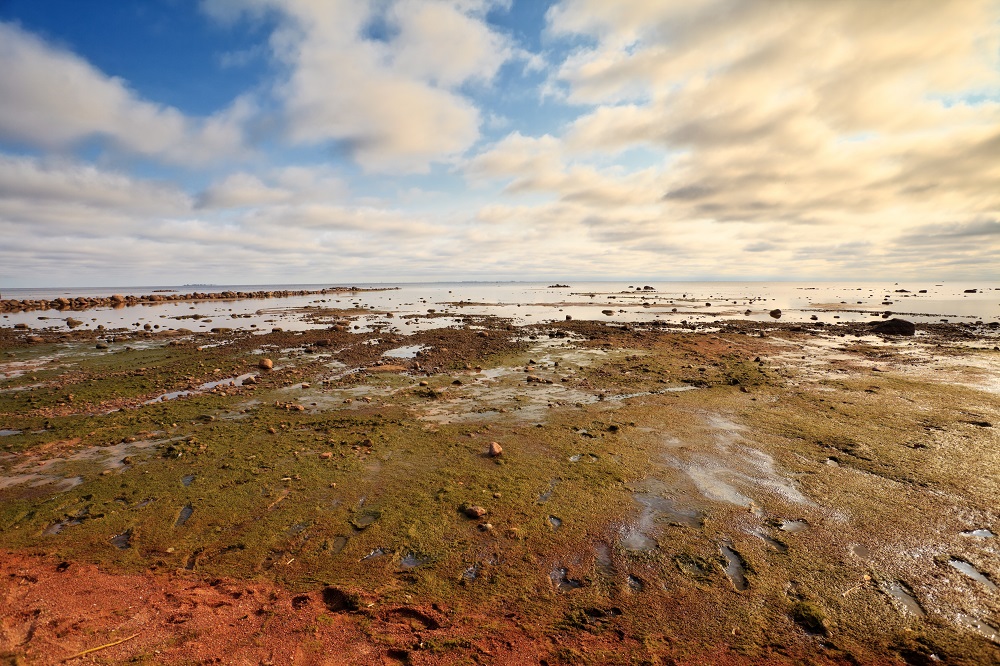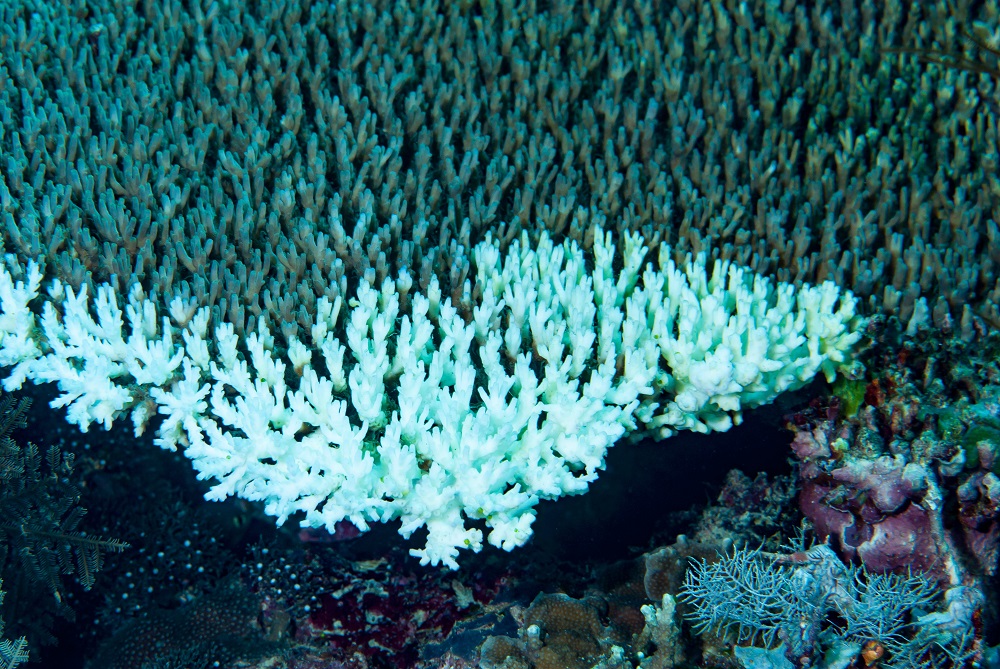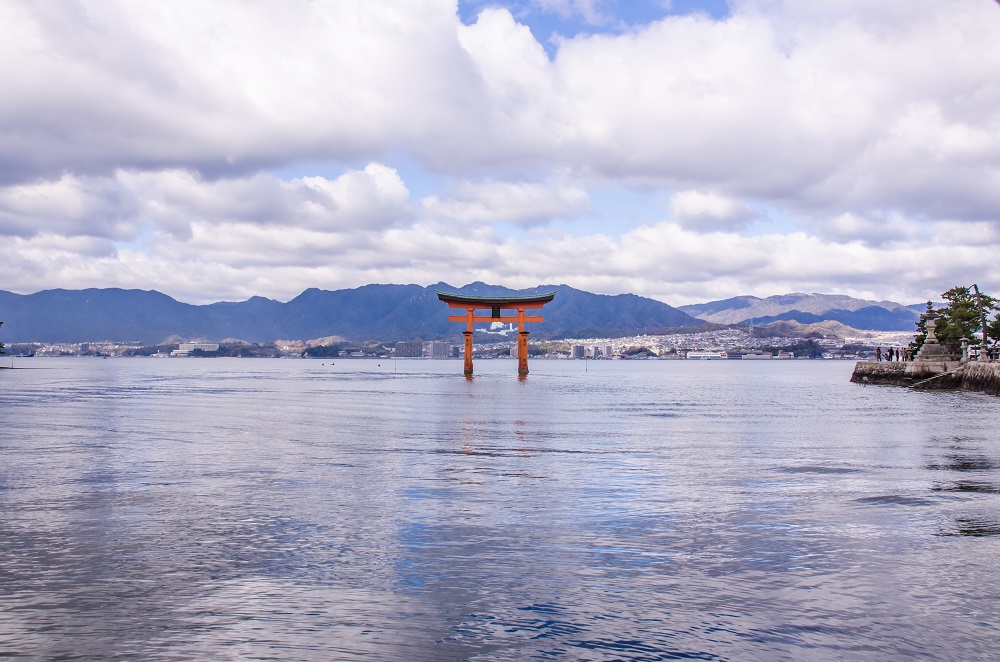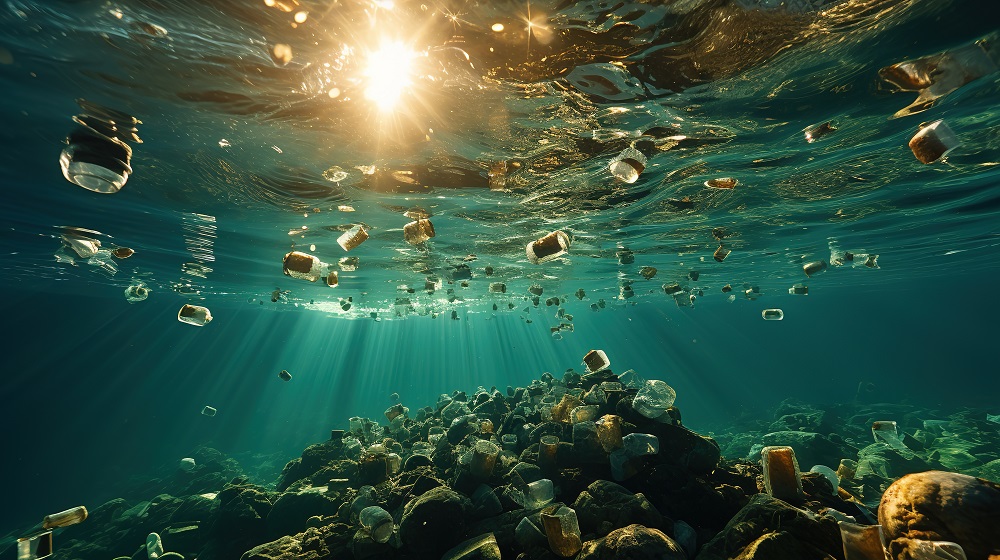Ocean pollution is among the most pressing challenges of our time, threatening marine ecosystems, human health and economies worldwide. Marine pollution includes plastic, but the challenges are far broader than this kind of pollution alone.
It includes nutrients such as fertilisers and sewage, which run into the ocean and create vast dead zones. Another issue is chemicals such as per- and polyfluoroalkyl substances (PFAS), known as “forever chemicals”, which accumulate in seawater over time, posing a potential risk to human and animal health. Then there’s pharmaceuticals. Antibiotics, as one example, increase the risk of antimicrobial resistance. However, there is also risk stemming from an unknown number of the approximately 300,000 synthetic chemicals in use—and that’s not even the end of the challenges we face.
Most ocean pollution comes from land-based human activity, via stormwater run-off from cities and towns, ineffective waste management, agriculture, manufacturing, mining and the chemicals supply chain.
Despite its far-reaching consequences, more comprehensive data are needed to improve our ability to address ocean pollution effectively.
Back to Blue, an initiative of Economist Impact and The Nippon Foundation, has undertaken a two-year effort to engage global stakeholders on how best to bridge this knowledge divide. A global ocean free from the harmful impacts of pollution: Roadmap for action is a culmination of this endeavour. It provides a strategic framework to build a comprehensive evidence base to tackle ocean pollution collectively.
The roadmap makes a series of recommendations. Among these is establishing a high-level, global, multi-stakeholder co-ordinating task force supported by a secretariat. Four independent stakeholder groups—made up of experts from the science, data, policy and business and finance communities—will ensure that the global effort to tackle ocean pollution is science-led but also usable and used by the decision-makers in government and the private sector that have the power to act.
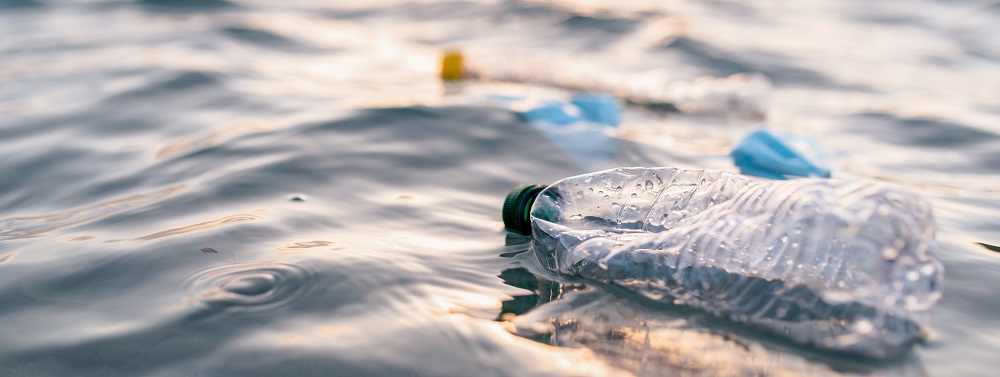
A global ocean pollution assessment and action plan, published every five years, would set out a pathway to close the data gaps on the impact and extent of ocean pollution, which would arm decision-makers with the evidence they need to regulate and manage the problem—and hold them to account.
The vision is ambitious: a global ocean free of the harmful impacts of pollution by 2050. It aligns with the aspirations of the UN’s Ocean Decade of Ocean Science and complements ongoing efforts to address plastic pollution through global treaties. Moreover, the interdependencies between ocean pollution on the one hand and climate, nature and plastic on the other means that better data on ocean pollution may also help address these environmental crises.
The call to action is clear: no single entity can tackle ocean pollution alone. It requires a concerted, global effort involving diverse stakeholders from the UN system, the scientific community, data collection agencies, governments, business, finance and local communities. This initiative does not set out to replace or duplicate the many successful projects already tackling essential aspects of ocean pollution. Instead, it seeks to amplify and unify these efforts. The framework provides an opportunity to redefine our approach to ocean health and pave the way for a cleaner, healthier marine environment for future generations.
We encourage you to read the roadmap and consider its recommendations. It offers a considered and inclusive approach to harmonise existing ocean pollution projects, catalyse new initiatives and spark action. Join us in turning the vision of a pollution-free ocean by 2050 into a reality.
EXPLORE MORE CONTENT ABOUT THE OCEAN
Back to Blue is an initiative of Economist Impact and The Nippon Foundation
Back to Blue explores evidence-based approaches and solutions to the pressing issues faced by the ocean, to restoring ocean health and promoting sustainability. Sign up to our monthly Back to Blue newsletter to keep updated with the latest news, research and events from Back to Blue and Economist Impact.
The Economist Group is a global organisation and operates a strict privacy policy around the world.
Please see our privacy policy here.
THANK YOU
Thank you for your interest in Back to Blue, please feel free to explore our content.
CONTACT THE BACK TO BLUE TEAM
If you would like to co-design the Back to Blue roadmap or have feedback on content, events, editorial or media-related feedback, please fill out the form below. Thank you.
The Economist Group is a global organisation and operates a strict privacy policy around the world.
Please see our privacy policy here.


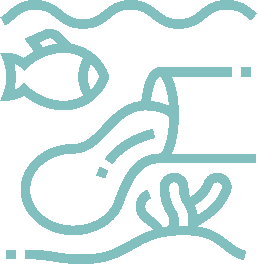

 World Ocean Summit & Expo
2025
World Ocean Summit & Expo
2025 UNOC
UNOC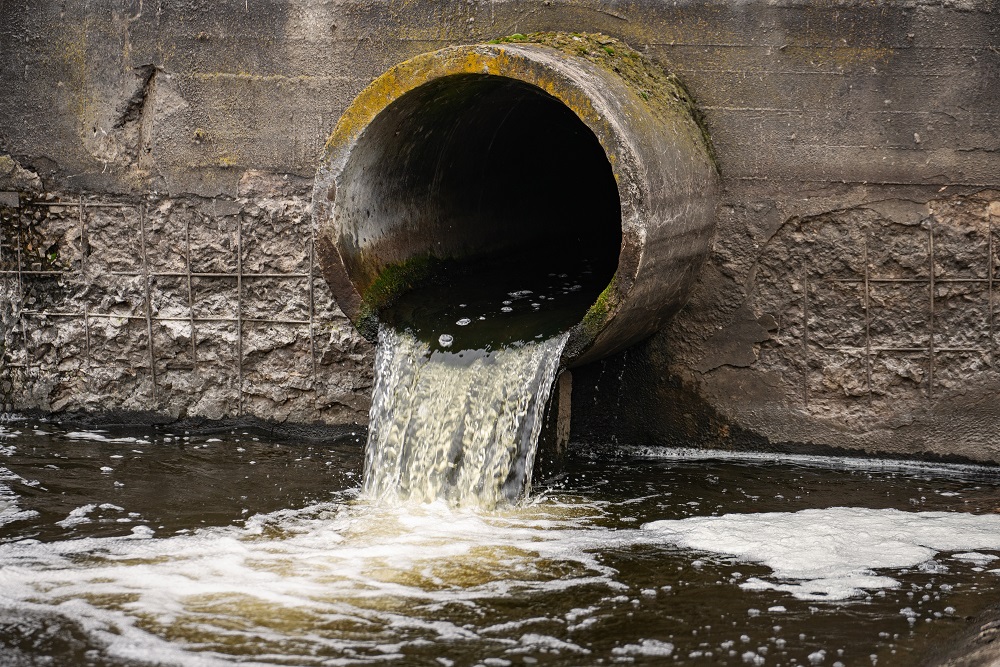 Sewage and wastewater pollution 101
Sewage and wastewater pollution 101 Slowing
the chemical tide: safeguarding human and ocean health amid
chemical pollution
Slowing
the chemical tide: safeguarding human and ocean health amid
chemical pollution Hazardous chemicals in plastics - the discussions at INC
Hazardous chemicals in plastics - the discussions at INC






